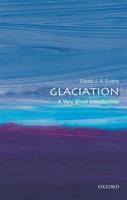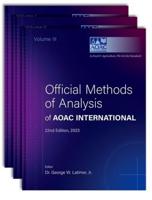Publisher's Synopsis
Excerpt from The Boston Journal of Philosophy and the Arts, Vol. 1: Exhibiting a View of the Progress of Discovery in Natural Philosophy, Mechanics, Chemistry, Geology, and Mineralogy; May, 1823 to May, 1824
The object, which it is hoped has been kept steadily in view in the composition of this paper, has been to admit no other principle or conclusion, than what a careful analysis of the population returns of America would afi'ord; and to endea vour to trace through all its states and territories, the degrees in which their diversified rates of increase have prevailed; and, by examining the various ages, and following all the shades and varieties which their different increments and de crements a?'ord; and comparing, as far as circumstances will allow, the situation of the sexes, in their opposite states of slavery and free'dom - to form some estimate of the actual condition of the American population, as far, at least, as statis tical tables, like those under review, are capable of affording.
In order to place the subject in a clear int of view, I have found it necessary to compute several ta les, which will he introduced in their proper places. The sources from which these have been derived, are the Tables of the Ame rican Census, contained in Godwin's Enquiry concerning Population, and which that author obtained from Pitkin's Statistical View of the United States and an account of the census for 1820, contained on a single sheet, kindly fur nished me by my friend and townsman, Mr Wills.
Before entering on an analysis of these tables, it ma not be uninteresting to offer a few remarks respecting the id'er ent surveys Wth have been taken of the population of the United States.
About the Publisher
Forgotten Books publishes hundreds of thousands of rare and classic books. Find more at www.forgottenbooks.com
This book is a reproduction of an important historical work. Forgotten Books uses state-of-the-art technology to digitally reconstruct the work, preserving the original format whilst repairing imperfections present in the aged copy. In rare cases, an imperfection in the original, such as a blemish or missing page, may be replicated in our edition. We do, however, repair the vast majority of imperfections successfully; any imperfections that remain are intentionally left to preserve the state of such historical works.










